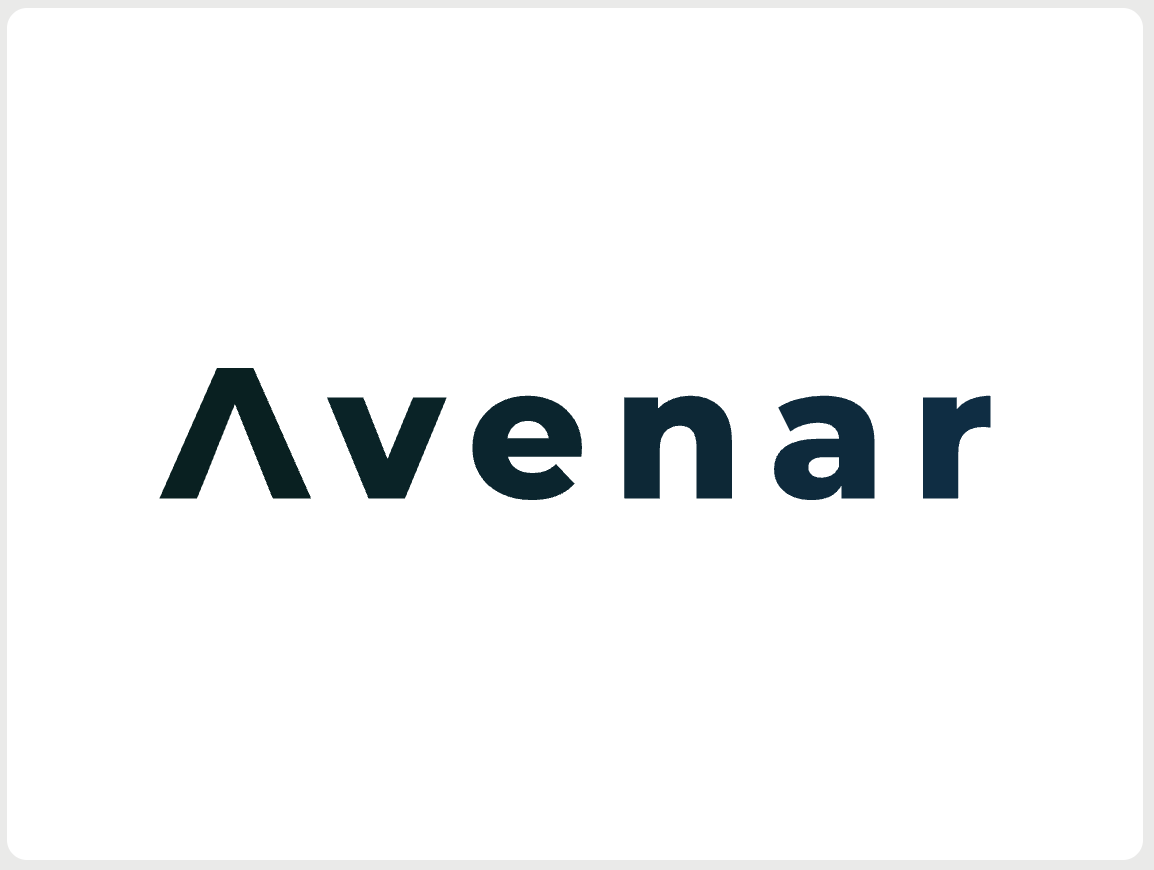
How Low-Latency Voice Agents Are Changing Call Handling for Local Businesses in 2025
Introduction
The phone remains one of the most valuable touchpoints for local businesses — from salons and clinics to trades and consultancies. Yet, despite the digital revolution, many small and medium-sized businesses (SMBs) still lose leads simply because no one answers quickly enough.
In 2025, that’s changing. AI-powered voice agents — designed with lightning-fast response times and natural human tone — are reshaping how businesses handle inbound calls, bookings, and inquiries. These low-latency systems can answer in under a second, understand natural conversation, and act immediately — whether routing calls, scheduling appointments, or qualifying leads.
Speed is now as crucial as intelligence. Let’s explore how low-latency voice agents are transforming customer interaction, what makes them technically possible, and how local businesses can benefit.
The Importance of Speed in Voice Interactions
When customers call, they expect immediacy. Even short delays in conversation can make AI systems sound robotic or frustrating. Humans are incredibly sensitive to rhythm and pause — studies show delays over 700 milliseconds start feeling unnatural.
For voice assistants, latency (the time between user input and AI reply) directly affects:
Trust – Long pauses make users think the system didn’t understand.
Engagement – Faster responses encourage users to keep talking naturally.
Conversion – Quicker calls resolve faster, meaning more customers served.
In a service business context — say, a plumbing emergency or a same-day booking — every second matters. The faster the system responds, the more professional and capable your business appears.
What “Low-Latency” Means for Phone Conversations
“Low-latency” refers to minimal delay between a speaker’s voice input and the AI agent’s spoken output. In a live phone call, that means the AI can:
Transcribe speech as it’s being spoken (not after the person finishes).
Process intent in real time.
Generate and stream a natural-sounding reply instantly.
For the user, the experience feels like speaking with a human receptionist — no awkward pauses, no long silences while “thinking.”
Traditional IVR systems often suffered from noticeable lag. Today’s low-latency voice agents are closing that gap, thanks to next-generation speech models and real-time inference techniques.
The Technical Breakthroughs Enabling Low Latency
1. Streaming ASR (Automatic Speech Recognition)
Old systems waited until a person finished speaking before converting speech to text. Streaming ASR converts speech as it happens, word-by-word, reducing processing delay to milliseconds.
2. Quantized LLMs (Lightweight Large Language Models)
Large language models once required huge computational power. Quantization — compressing models without losing accuracy — allows real-time inference even on edge devices or phone servers.
Research from arXiv shows how optimized pipelines now achieve human-like response times under one second.
3. Real-Time TTS Pipelines
Text-to-Speech (TTS) used to introduce lag. Modern streaming TTS systems (like ElevenLabs or OpenAI’s Realtime API) generate and speak words mid-sentence. The result: lifelike voices that begin talking almost immediately after processing intent.
4. Voice-Language Foundation Models (e.g., Voila)
Emerging voice-language foundation models such as Voila combine listening, reasoning, and speaking into a single system. These agents understand tone, interruptions, and intent simultaneously. (arXiv)
Together, these breakthroughs create continuous conversation — where users talk naturally, and the AI keeps up like a real receptionist.
Why Latency Matters in Voice Agents
Perceived Unnatural Pauses Break Trust
Humans subconsciously expect quick back-and-forth dialogue. Pauses longer than a second feel like confusion. Low-latency agents maintain conversational flow, making users feel heard and understood.
Faster Agent Response = Better User Experience
When agents reply instantly, customers don’t hang up or get impatient. They perceive the business as responsive and professional, even if no human is present.
Ability to Handle Multiple Concurrent Calls
Unlike human receptionists, AI agents can manage dozens of calls at once — each with the same speed and tone. Faster processing ensures conversations don’t queue up or degrade in quality.
Where Low-Latency Agents Are Already Used
Telecom & Call Centres
Companies like Uniphore and Zoom have integrated low-latency AI into their phone systems to handle routine inquiries and reduce human workload.Appointment Booking & Support Lines
Clinics, salons, and repair services are using instant voice agents to take bookings or redirect calls 24/7.Hybrid Voice-Chat Agents
Businesses now deploy systems that switch between phone and chat seamlessly — a user calls in, hangs up, and automatically receives a follow-up text from the same AI.
These deployments prove one thing: voice AI is no longer futuristic — it’s practical, proven, and profitable.
Use Cases for Local Service Businesses
1. 24/7 After-Hours Call Handling
Low-latency voice agents ensure every call is answered instantly, even outside office hours. Perfect for trades, property management, or healthcare providers that need around-the-clock responsiveness.
2. Lead Qualification via Phone
Instead of voicemail, AI can ask smart qualifying questions (“Is this for residential or commercial service?”) and forward only valuable leads to staff.
3. Emergency or Urgent Service Calls
For time-sensitive cases, AI can triage urgency based on caller intent and escalate to on-call staff in seconds.
These scenarios show how local businesses can turn missed calls into actionable opportunities.
Building or Selecting Low-Latency Voice Agents
When evaluating or building your own AI receptionist, focus on these core metrics and components.
Metrics to Look For
Real-Time Factor (RTF): Under 1.0 means the system processes faster than speech.
Audio Quality: Human-like tone and clarity.
Fallback Rate: Frequency of mis-recognition or human escalations. Lower is better.
Data Pipelines & Integration Needs
A good agent integrates tightly with your CRM, scheduling, and messaging platforms — ensuring smooth data flow between call logs, appointments, and follow-ups.Voice Model Customisation / Persona Tuning
Choose or train a voice that reflects your brand personality — friendly, professional, or empathetic. Many modern systems allow fine-tuning tone, pitch, and pacing for consistency.Compliance & Security
For UK businesses, ensure GDPR-compliant storage and call-recording policies when using voice data.
Challenges & Trade-offs
While low-latency voice agents offer transformative potential, they also come with engineering and operational challenges.
ChallengeDescriptionMitigationCompute vs CostReal-time pipelines need GPU/edge resourcesUse quantized models or hybrid cloud setupsAccuracy vs SpeedFaster replies may risk misinterpretationUse multi-pass intent checksAmbiguity & MisrecognitionAccents, background noise, or slang cause errorsInclude fallback scripts & escalation rulesData PrivacyVoice data must comply with GDPRChoose UK/EU-based hosting or anonymisation
Balancing performance and practicality is key — the best systems achieve <1 second latency without sacrificing accuracy or security.
Future Outlook
1. Autonomous, Agentic AI
New research (arXiv) highlights the rise of agentic AI — systems that can reason, plan, and take independent action. Tomorrow’s voice agents won’t just respond — they’ll manage tasks, follow up, and learn from outcomes.
2. Cross-Modal Agents (Voice + Visual)
Imagine voice agents that can also send images, directions, or quotes mid-conversation — merging phone and digital experiences.
3. Emotion & Tonal Adaptation
Next-gen models detect customer emotion through tone, adjusting speech to sound empathetic or reassuring — a crucial leap for service-driven businesses.
4. Multi-Agent Collaboration
Multiple AI voices working in sync — one handling scheduling, another managing billing — all within one unified business environment.
These developments will make AI receptionists feel indistinguishable from human teams, except they’ll be available 24/7.
Conclusion & Call to Action
Low-latency voice agents represent a turning point in customer communication for local businesses. They combine speed, intelligence, and reliability, allowing every call to be answered instantly — with the same quality and care as a human receptionist.
By integrating low-latency AI into your workflow, you can:
Capture every inbound lead in real time.
Reduce missed calls and voicemails.
Deliver faster, more professional experiences.
Free staff to focus on high-value work.
At Avenar AI, we help UK businesses adopt voice and chat automation systems tailored to their needs — from appointment booking to intelligent call handling.
📞 Ready to see how an AI receptionist could transform your business?
Contact Avenar AI to request a free demo or workflow audit today.
